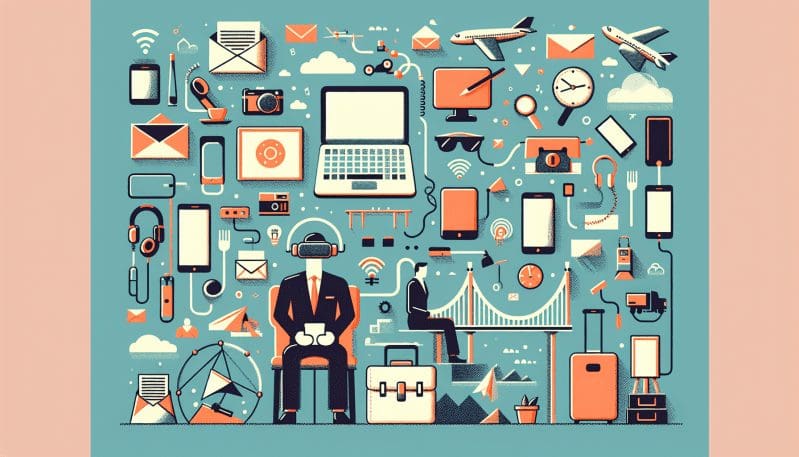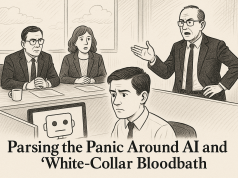In the ever-evolving landscape of the modern workplace, the way we communicate has undergone a seismic shift. Gone are the days when the watercooler was the epicenter of work conversations and bulletin boards the go-to for company announcements. The digital era has ushered in a host of technologies that promise to keep us connected in ways we never imagined, but at what cost?
The inception of emails revolutionized workplace communication, allowing for instant dissemination of information across the globe. What once took days or weeks to share via post could now be in a colleague’s inbox in seconds. As revolutionary as this was, it was only the beginning. The emergence of instant messaging platforms, such as Slack and Microsoft Teams, introduced a new immediacy to work conversations, with the added benefit of group chat functionalities and file sharing.
Video conferencing has bridged geographical divides, allowing real-time face-to-face interactions that were previously restricted to those in the same physical space. Tools like Zoom and Skype have facilitated remote work and global collaboration, making it possible for teams to work efficiently regardless of location.
But with great connectivity comes great responsibility—and potential pitfalls. The immediacy and convenience of digital communication tools have given rise to an ‘always-on’ culture where the boundaries between work and personal life blur. Employees often feel the pressure to respond to work communications outside of regular office hours, leading to stress and burnout.
Furthermore, while these tools can enhance productivity, they can also lead to information overload. The constant barrage of notifications and messages can be overwhelming, making it difficult for employees to prioritize tasks and maintain focus. Team cohesion may suffer as well; digital interactions lack the nuances of face-to-face communication, which can lead to misunderstandings and a sense of isolation among team members.
This digital-first approach also raises questions about employee well-being. Remote work can lead to feelings of disconnection from the company culture and colleagues. The lack of informal, spontaneous interactions can stifle creativity and the organic flow of ideas that can occur in a physical office setting.
In light of these considerations, there is a growing conversation about the role of policy and leadership in fostering a healthy, connected work environment. It is imperative for leaders to set clear expectations about communication, including respecting boundaries and encouraging regular breaks from technology. Companies must also consider the design of their digital spaces to encourage positive interactions and maintain a sense of team cohesion.
As we reflect on our own experiences, it is vital to consider the balance we strive to achieve between being connected and being healthy. The future of workplace communication is not just about the technology we use, but also about how we use it to support the well-being and productivity of employees.
In the end, as we stand at the intersection of connectivity and well-being, we must ask ourselves: Are we truly connected or further apart? What will the sustainable workplace of the future look like, and how can we shape it together?
We invite you to join the conversation and share your perspectives on the benefits and pitfalls of modern workplace communication. How do you navigate the digital landscape of your work environment? What policies or strategies have you found to be effective in keeping communications healthy and productive? Let’s provoke a broader conversation about the future of our work lives and the careful calibration needed to keep us truly connected—in every sense of the word.

























